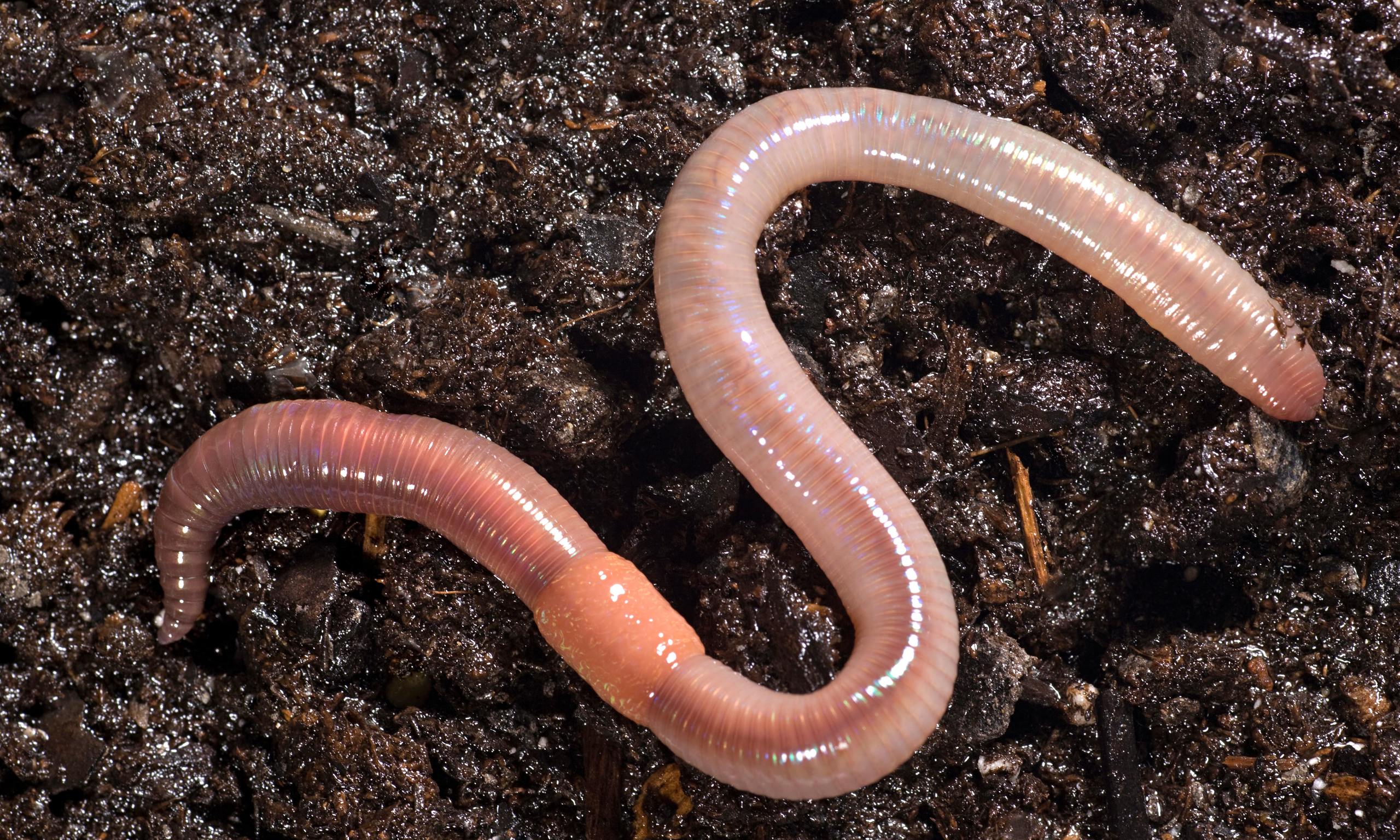The Facts About North Carolina Worms Uncovered
The Facts About North Carolina Worms Uncovered
Blog Article
An Unbiased View of North Carolina Worms
Table of ContentsOur North Carolina Worms DiariesOur North Carolina Worms PDFsThings about North Carolina WormsThe 5-Minute Rule for North Carolina Worms
Instance: 1-gallon of worm spreadings to 4 gallons of potting mix. 1/2 cup in the base of the growing hole for smaller plants. 1 mug for bigger plants.
The enhancement of tea can likewise add raised microbial biomass to your soil. You can constantly side-dress your plants with worm spreadings at any moment. Simply keep in mind, the microorganisms will certainly die if revealed to UV rays (Sun), so make sure to cover the castings with an inch approximately of soil.
This frustrated them for years till the testing approaches became much better. It would certainly get much better(with even more castings), level off, and after that decrease. Too lots of worm spreadings would speed up the development to a rate that the plant could not recuperate from.
Some Known Incorrect Statements About North Carolina Worms
Lots of herbicides work with this very same concept. So, 20% by volume seems to be the "Sweet Spot". I have stated the virtues of worm spreadings for about 2000 words. What about the opposite of the coin? Nothing is ideal. Worm castings are no different. It takes time to create quality worm castings.
You can acquire them which leads to second. Worm spreadings definitely cost greater than chemical fertilizers. Nonetheless, worm spreadings are on the more affordable end of organic plant foods. You will certainly need to choose what is more crucial. It is very easy to generate percentages of worm castings. (50 gallons each year) It is a much tougher and extremely costly investment to generate big quantities of worm spreadings (Lake Rhodhiss Bait).

Producing a healthy dirt might be the greatest advantage of worm spreadings. We reviewed worm castings NPK and additionally the proper nutrient evaluation that ought to use to worm castings.
The Best Strategy To Use For North Carolina Worms
We talked regarding some of the negative aspects linked with worm spreadings. I covered a whole lot of product in this write-up.
The upright burrows are usually open, although the worms top the top with deposit and waste matter. Roots need oxygen for their development, whereas they produce carbon dioxide that needs to leave the dirt.
Earthworms boost porosity by two mechanisms: (1) by developing irreversible burrows, and (2) by enhancing soil gathering. Gathering is improved by the blending of dirt and organic issue in the earthworms' intestines. Lake Hickory Bait. These extremely stable accumulations are deposited by some earthworms in their burrows, and by others at the surface of the dirt


In another research study, earthworms were approximated to eat 4 to 10 percent of the leading 6 inches of the dirt each year. Dirt compaction lowers the porosity of the dirt.
Getting The North Carolina Worms To Work
Common earthworm populations can easily eat 2 lots of completely dry matter per acre per year, partially absorbing and mixing it with dirt. The value of earthworms to mix surface deposit with soil becomes really clear in soils that do not have any earthworms. A lot of our Pennsylvania soils contend the very least some earthworms, and the effect of their full absence, therefore, can not be kept in mind.
(https://ifidir.com/North-Carolina-Worms_417662.html)In these dirts, the development of topsoil with practical raw material web content did not occur, leading to poor crop growth. When the cause was established, the government of the Netherlands started a campaign to present earthworms. After the intro of the earthworms, a dark topsoil layer was created, and plant development boosted substantially.
They live mostly from partially decomposed natural issue that is already included in the dirt. These species consume big amounts of dirt that they mix with digested plant residue in their guts.
Their burrows continue to be open, although they top the top with crop deposit that they pull to the entry. These types ingest significant quantities of soil that they blend with digested residue in their intestines. Their excrement is primarily transferred at the surface of the dirt. The nightcrawler Lumbricus terrestris is the most noticeable member of this team.
Report this page